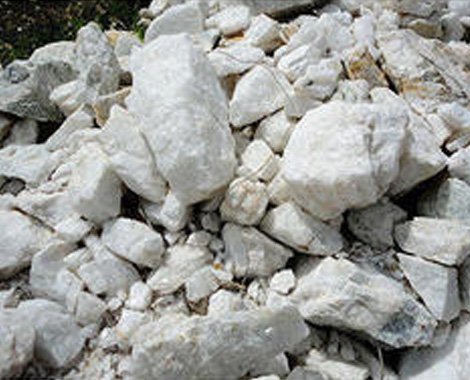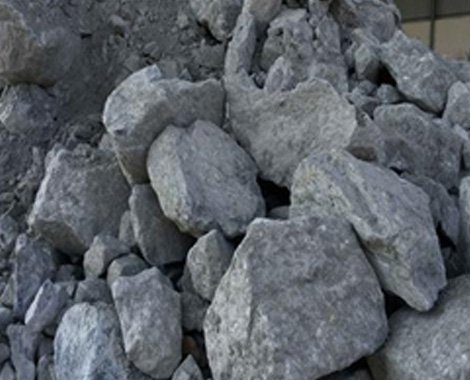BARYTES
We supply Barite Powder, Barite Lumps, Barite to the Oil & Gas Drilling, Friction, Paint, Rubber and for all Industry requirements. Here are some interesting facts about Barite/ Baryte:
What is Barite or Baryte (Barytes)?
Barite is also called Baryte or Barytes. It is a mineral which is usually white or colorless (transparent). The name Baryte is derived from the Greek word for “heavy” which is “Barys” (barus).What is Barite (Baryte) made of?
Barite is a non-metallic mineral made up of Barium Sulphate. The chemical formula of Barite is BaSO4.


Some Interesting Facts About Barite (Barytes)
The Greek origin of the name (Barus)which means “heavy” refers to the rather high specific gravity of Barite (specific gravity = 4.5) in-spite of being a non-metallic mineral. This unusually high specific gravity of Barite makes it a highly sought-after mineral with specialized uses in different industries as varied as Gas and Oil Drilling to Cosmetics Manufacture.
What is the Color of Barite (Barytes)?
Barite is usually white or colorless (transparent). However, variations of Barite include Grey Barite, Yellow Barite, Blue Barite, Red Barite and Brown Barite.
What are the Uses of Barite (Barytes)?
Due to its special properties like having a high specific gravity and being non metallic, Barite is in great demand in various industries.
Barite (Barytes) in the Oil and Gas Drilling Industry
The majority of Barite produced worldwide is used a weighting agent in drilling oils and drilling muds for oil and gas exploration. The high specific gravity and the non-metallic nature of Barite makes it ideal as a major component of these drilling mixes. The high specific gravity helps the mixes suspend and carry upwards towards the surface of the Earth the rock pieces that are broken by the drilling. While flowing back upwards, the broken rock and baryte mix also helps to reduce the heat generated by the drill.
- Grey Barite/Barytes SPG 4.0
- Grey Barite/Barytes SPG 4.1
- Grey Barite/Barytes SPG 4.2
Barite (Barytes) in the Paint Industry
Barite is used as a filler in the manufacture of paints. It helps to regulate the thickness and the stability of the paint. Barite also makes the paint brighter. It gives uniformity to the paint’s texture which in turn increases the smoothness of the finish. It is also used as a pigment for paints.
- Barite/Barytes Off color/ half White
- Barite/Barytes Snow White
- Barite/Barytes Extra Super Snow White
Barite (Barytes) in the Plastics Industry
Barite helps increase stiffness and abrasive strength of plastics. Barite is therefore used extensively as a filler in the industry to create vibrantly colored plastics.
Barite (Barytes) in the Paper Industry
Highly refined barite powder is used in the paper industry for its high levels of whiteness. Barite helps increase the area covered when used as a filler for white paperboard and coat paper.
Barite (Barytes) in the Rubber Industry
Barite mineral of approximately less than 500 mesh is used as a filler for rubber to make the rubber waterproof. It also makes the rubber stronger, more durable, longer lasting and acid and alkali resistant.
Barite (Barytes) in the Cosmetics Industry
Due to its non-toxic nature and rather smooth effect on human skin, Barite is used in the manufacture of several cosmetics as an alternative for titanium dioxide which is far more expensive.
Barite (Barytes) in Pharmaceuticals and Medical Diagnosis
A “barium meal”, which uses barite, generates “reflections” of the stomach and intestines for medical analysis and diagnosis. Barite makes clinical plaster longer lasting. Since barite blocks X-rays and Gamma rays it is used as a shield in hospitals and laboratories in the form of barites bricks, barites concrete and barites cement for protection from radiation. A “barium milkshake” is administered to a patient to obtain images of the soft tissues of the esophagus. When an x-ray of the throat is taken, the barium blocks the x-rays and an image of the soft tissue is obtained.
Barite (Barytes) in India
The majority of barite (baryte) deposits in India are found in the Kadapa and Mangampet districts of Andhra Pradesh state in Southern India. One of the world’s largest Barite (Baryte) mines is located at Kodur in Cudappah District in Andhra Pradesh, Southern India. Minor Deposit of Barytes located in Udaipur Dist Rajatshan
Uses
- Application Typical Market Share
- Oil Well Drilling Muds. 88%
- Ceramic & Glass. 6%
- Chemicals, Fillers, Extenders & Aggregates. 6%
- Specification of API SEC.2 Barytes Powder
- Barite Physical and Chemical requirements
- Barytes (Sulphate) is noted for it's high specific gravity and is used as a filler and weighting agent. We supply OCMA & API standard drilling grade Barytes for use in weighting drilling fluids, filler grade Barytes and micron sized white grades for use in surface coating and plastics.
- Barytes (also known as Barite and Barites) is a form of Barium Sulphate, BaSO4.
- Pure Barytes is 66% BaO and 34% SO3, normally white but many deposits are discoloured by small amounts of impurities.
- Barytes is found throughout the world as an ore body in residual, vein type, as well as bedded forms.
- Barytes is mined by both surface and underground methods, initially crushed then washed and sized prior to upgrading by jigging, flotation or magnetic separation.
- The industrial minerals is usually sold as an aggregate or fine powder
Barite(Barytes) for Friction Industry
- Barite/Barytes Silica < 1%
- Barite/Barytes Silica < 3%
- Barite/Barytes Silica < 5%
Typical chemical composition of barites includes:
- Baso4 98 ± 0.5%
- SiO2 0.29 %
- Cao Nil
- Ai2O3 0.20 %
- Fe2O3 0.08 %
- Lol 0.25%

